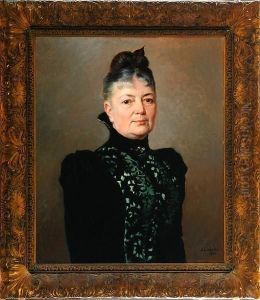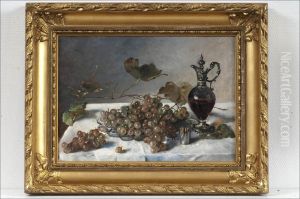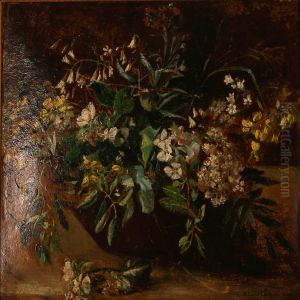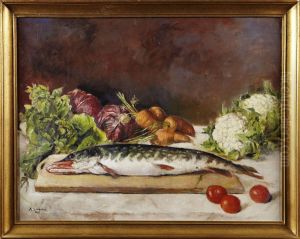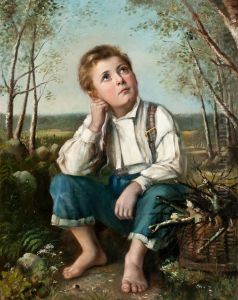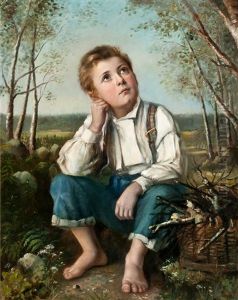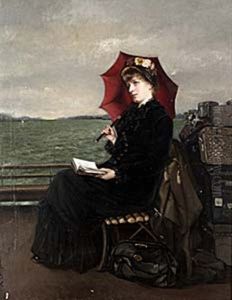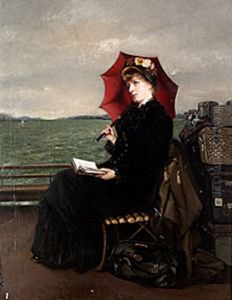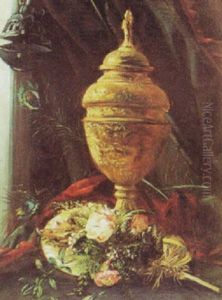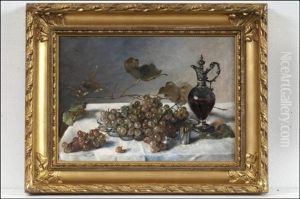Adelaide Leuhusen Paintings
Adelaide Leuhusen was a prominent American portrait painter known for her skillful portrayal of her subjects and her contributions to the art scene during her time. Born in 1866 in New Orleans, Louisiana, she was raised in a culturally rich environment that fostered her early interest in the arts. Though not as widely recognized as some of her contemporaries, Leuhusen carved out a space for herself in the art world through her dedication and talent.
Leuhusen's education in art began earnestly when she moved to Europe to study, a common practice among American artists of the period seeking classical training. She honed her skills in various ateliers and academies, which was an extraordinary feat for a woman at the end of the 19th century, a time when societal norms often limited women's access to professional art training. Her style was influenced by the academic traditions of the time, but she also incorporated her own unique touches, particularly in her approach to capturing the psychological depth of her subjects.
Upon returning to the United States, Adelaide Leuhusen established herself in the art scenes of New York and California. She became known for her portraits, which were often commissioned by wealthy patrons. Her ability to capture the likeness and character of her sitters earned her considerable acclaim. Leuhusen's work was exhibited in various institutions, including the National Academy of Design and the Pennsylvania Academy of the Fine Arts. Her portraits were celebrated for their elegance, attention to detail, and the lifelike quality she was able to imbue in her subjects.
In addition to her portrait work, Leuhusen was actively involved in the arts community, advocating for the recognition of female artists and contributing to the development of art societies and exhibitions. Despite the challenges faced by women in the arts during this period, she managed to sustain a successful career, which left a lasting impact on those who came after her.
Leuhusen's later years were marked by a decline in the demand for traditional portraiture, as modernist trends began to dominate the art world. Yet, she continued to paint and remained committed to her artistic vision until her death in 1949. Her legacy is preserved through her portraits, which continue to be appreciated for their technical proficiency and the insight they provide into the personalities of her subjects as well as the era in which she lived.
